The Spectacle of Instagram Photo Dumps
While compiling my favorite photos, I scrutinized every single detail, from the camera angles to the tasteful cropping I worked so hard to achieve.
A few days before the New Year, I spent a good hour in bed scrolling through thousands and thousands of photos in my camera roll. While compiling my favorite photos, I scrutinized every single detail, from the camera angles to the tasteful cropping I worked so hard to achieve.
My photo dump had to be perfect — intentional, but not calculated; spontaneous, not scattered. A photo dump isn’t complete without a few humble brags, so I added some photos of my recent Sonny Angels acquisition, a few trips, and recognition for my writing. The icing on the cake? No geotags, no tagging friends, no hashtags. If you know what I’m posting about, then you know what I’m posting about. When I pressed the “post” button on Instagram, I refreshed Instagram to make sure the likes showed up.
In the past year, photo dumps, a set of seemingly disparate images uploaded as a carousel, surged in popularity on Instagram and then on TikTok. According to her Vogue India article Instagram photo dumps simply underscore Gen Z’s search for authenticity, writer Arushi Sinha posits that this recent social media trend relegates the “millennial urge to post a perfectly lit photo where the light finds my cheekbone at just the right angle” as “cringe.” Product photography for brands like Glossier, Warby Parker, and Casper are perfect examples of this. With Gen Z leading the charge in social media, gone are close-ups of hydrated skin in natural lighting. Sinha observes what worked for millennials won’t work for Gen Z and our yearning for what’s real.
Photo dumps challenge the practice of airbrushing social media photos to perfection. Celebrities like Dua Lipa and Olivia Rodrigo popularized the practice of putting snippets of daily life on Instagram, instead of the usual red carpet looks. The blurry photo trend, which sits adjacent to the photo dump, celebrates taking messy, unplanned photos — a far cry from what Glossier and its peers served us years ago. With photo dumps and similarly subversive trends, social media is now a playground for self-expression.
While they started as a search for authenticity, but photo dumps evolved to everything but authentic. I spent over an hour curating mine. For my follow-up holiday photo dump, I asked my cousin, a TikTok influencer to review everything before I posted. As for blurry photos, there are thousands of photo editing apps and Instagram story filters that let people add and even specify blurriness levels in a photo. Arushi Sinha laments the hypocrisy inherent to this trend: “to capture a leaning-against-the-lockers-after-class cool that is manifestly against the very idea of curation.”
More broadly, tech journalist Taylor Lorenz observes that reflection and recap posts, like video posts (photo dumps’ cousin) pressure people to “treat life like a movie” even if one’s reality suggests otherwise. Authenticity is an aesthetic, as curated as the feeds of our millennial predecessors. We had the chance to change things, but why did we slip back into old habits?
The Society of the Spectacle
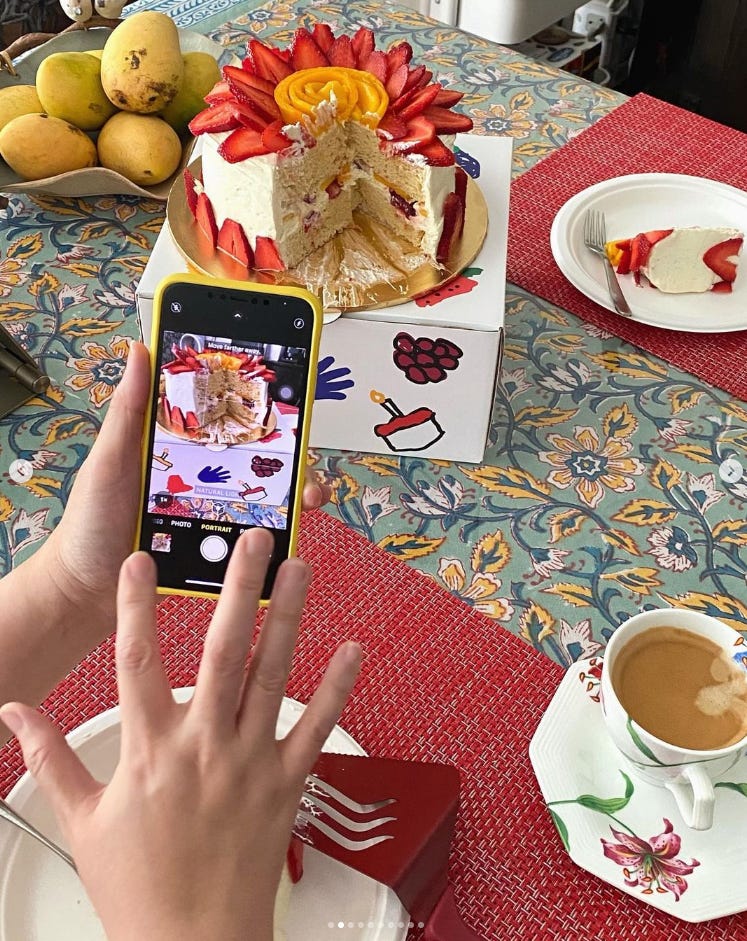
No matter how much we try to rewire our relationship with online platforms, social media is still a broadcast station, a natural evolution of reality TV in the early 00’s that made stars of Kim Kardashian and Paris Hilton.
Unlike traditional television programming, social media doesn’t come with the barriers of needing an entire film crew and the permission of producers. A smartphone should suffice. With the democratization of the smartphone, now everyone could be a celebrity. Influencers like Emma Chamberlain and Mr. Beast prove that curated vulnerability online is just as fun to consume as it is to make. Chamberlain produces confessional vlogs and Mr. Beast adds interjections of poignancy in hyperbolic videos with million-dollar budgets. Why are we so drawn to broadcasts of vulnerability?
French philosopher and filmmaker Guy Debord tackles this question in his text, The Society of the Spectacle. Conceived as a response to capitalism in the 1960s, The Society of the Spectacle argues that our lived experiences end up as mere representations for us to consume. Debord elaborates that “the spectacle is not a collection of images, but a social relation among people, mediated by images.” In other words, the dissemination of images, at the time through photographs and television and now through the Internet, is the primary vehicle for social networking.
Yet, Debord notes the issues of creating a society through images. “The spectacle which inverts the real is produced.” Photographs, films, and videos that link us together are the products of rigorous editing and censure. Argentine-Spanish artist Amalia Ulman’s 2014 performance art piece Excellences & Perfections reveals how easy it is to mislead the general population through social media. Over four months, Ulman posted selfies of her in upscale hotels and restaurants on Instagram. In the same vein as faux socialite Anna Delvy, Ulman aimed to portray a fictitious character of wealth and status. Yet, unlike Delvy, Ulman’s endeavor critiques, rather than contributes to, our reliance on social media for connection.
Ulman’s Excellences & Perfections is an orchestrated experiment on our gullibility, but its findings impart a cautionary tale on illusory status online. 2010s trends like #wokeuplikethis and #nofilter prove how deep self-curation embedded itself in our online interactions. But now, the desperation to put our best selves forward no longer manifests in a “perfectly lit photo where the light finds my cheekbone at just the right angle” because that’s just too obvious. Now, self-curation is more covert.
Curated Nonchalance
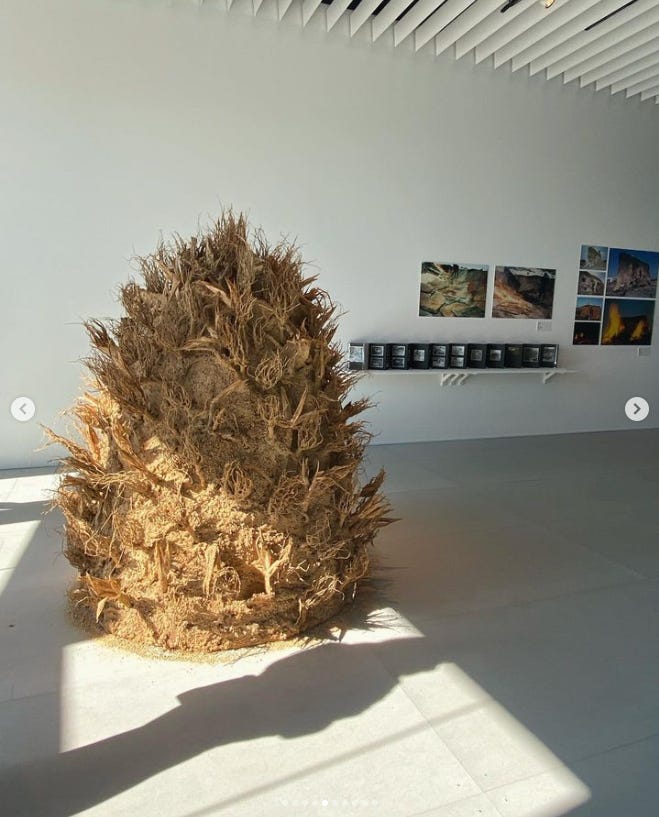
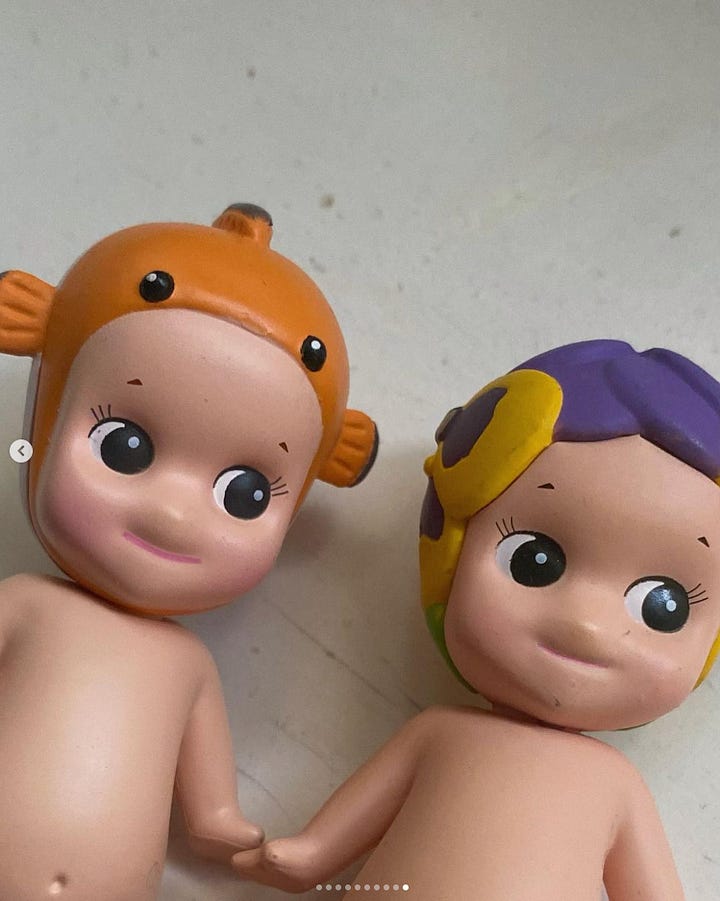
Blurry, grainy, and tastefully messy, photo dumps, Instagram and TikTok photo dumps appear worlds away from one of 2023’s biggest trends, quiet luxury. But, these two modes of image-making share the same aim: communicating that one doesn’t care at all about what others think, despite caring so much it consumes them.
Amid hustle culture, Forbes 30 Under 30 lists, and viral sensations, I feel like I’m falling behind. Posting a highlight reel of my life helps me cope with the pressure of finding success in my twenties. I have the Sonny’ Angels figurines, but I got them ten years ago because I couldn’t think of sparing a single peso for new ones this year. I went on a few trips this year, but I spent most of my time on a bus. I picked up writing again, but I disrupted my circadian rhythm hammering away at my keyboard. I’m not where I need to be yet, but at least I’m on the way there, right?
I’m making a spectacle out of my life, for the consumption of my friends and family in the hopes that I’ll receive status or wealth as a prize soon. In doing so, I’m peddling a half-truth at best and a complete lie at worst.
Where Do We Go From Here
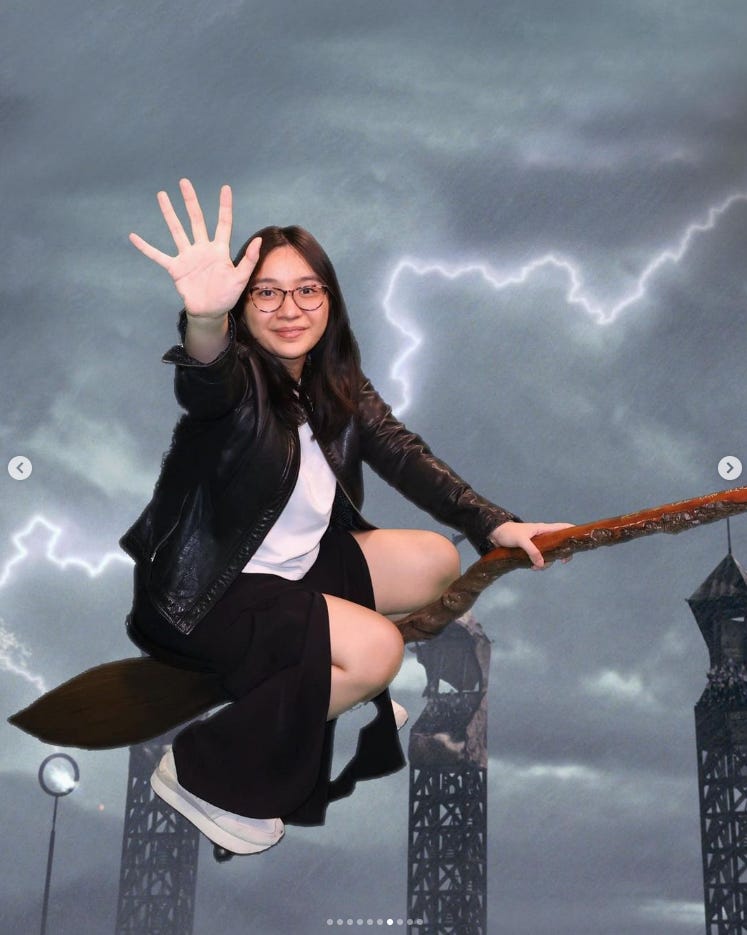
The dangers of photo dumps should not go unnoticed. Taylor Lorenz describes the practice of summarizing our lives as “the recap industrial complex,” indicating that apps incentivize us to create these “packaged” highlights of our lives and “consumption patterns.” What Lorenz says echoes Debord’s thesis on the spectacle and Ulman’s critique of performative wealth on social media. Eventually, our lives become reproduced images and media for the consumption of everyone around us. If we live our lives for the eyes and opinions of others, then our search for authenticity and genuine connection is futile.
One of the most hurtful things I heard this year was that I’m wasting my twenties away in a fruitless career without a fiancé or long-term relationship to compensate for it. Scrolling through my favorite photographs of 2023, I remembered all the things I had going for me: my family, my friends, and my artistic projects. I treasure these parts of my life as they are, but showing them on social media gave me the courage to accept this season of life.
Am I making a spectacle of my life for everyone on social media to see? Most definitely. Am I straying further and further from the truth Debord searches for so obsessively? Perhaps.
What I know is that these photo dumps and recap reels permit me to revisit how I tell the story of my life in 2023 and hopefully, these patterns trickle down to my daily interactions. I guess I’m just going to make a spectacle out of myself.




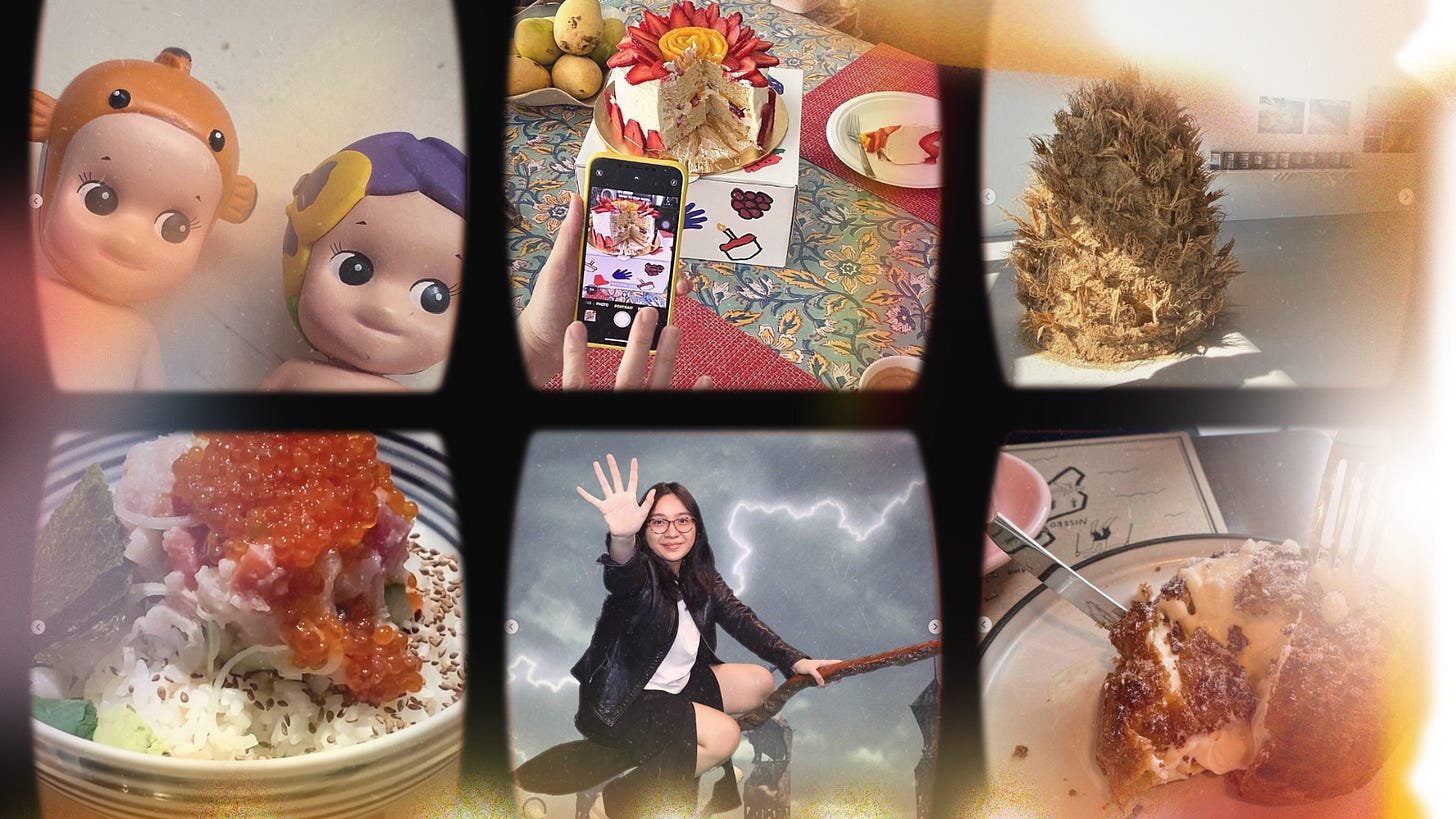
Omg I love this assessment. Dumps aren't really "dumps" when you think about it.